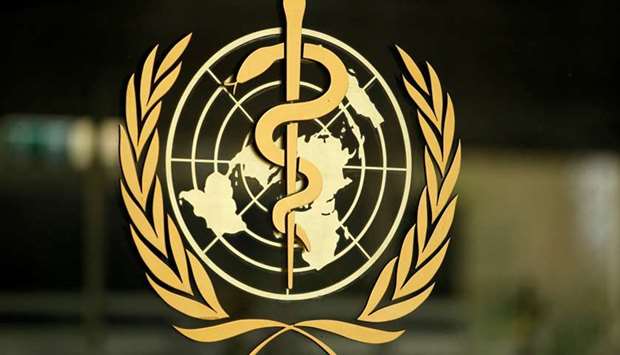The World Health Organisation yesterday acknowledged “evidence emerging” of the airborne spread of the novel coronavirus, after a group of scientists urged the global body to update its guidance on how the respiratory disease passes between people.
“We have been talking about the possibility of airborne transmission and aerosol transmission as one of the modes of transmission of Covid-19,” Maria Van Kerkhove, technical lead on the pandemic at the WHO, told a news briefing.
The WHO has previously said the virus that causes the Covid-19 respiratory disease spreads primarily through small droplets expelled from the nose and mouth of an infected person that quickly sink to the ground.
But in an open letter to the Geneva-based agency, published on Monday in the Clinical Infectious Diseases journal, 239 scientists in 32 countries outlined evidence that they say shows floating virus particles can infect people who breathe them in.
Because those smaller exhaled particles can linger in the air, the scientists are urging WHO to update its guidance.
Speaking at yesterday’s briefing in Geneva, Benedetta Allegranzi, the WHO’s technical lead for infection prevention and control, said there was evidence emerging of airborne transmission of the coronavirus, but that it was not definitive.
“The possibility of airborne transmission in public settings — especially in very specific conditions, crowded, closed, poorly ventilated settings that have been described, cannot be ruled out,” she said.
“However, the evidence needs to be gathered and interpreted, and we continue to support this.”
Any change in the WHO’s assessment of risk of transmission could affect its current advice on keeping 1m of physical distancing.
Governments, which rely on the agency for guidance policy, may also have to adjust public health measures aimed at curbing the spread of the virus.
Van Kerkhove said the WHO would publish a scientific brief summarising the state of knowledge on modes of transmission of the virus in the coming days.
“A comprehensive package of interventions is required to be able to stop transmission,” she said.
“This includes not only physical distancing, it includes the use of masks where appropriate in certain settings, specifically where you can’t do physical distancing and especially for healthcare workers.”
Catalonia to tighten face mask rules
Regional officials in Catalonia said yesterday they want to toughen the existing rules to make wearing masks compulsory in public, to stem a rising number of coronavirus cases.
On Saturday, 200,000 people in a zone around Lerida, west of Barcelona, were placed under lockdown as more than 1,000 cases of Covid-19 had emerged there since early June.
In the latest 24-hour period, 64 new cases were detected, regional data showed.
Masks are already compulsory in Spain when people cannot avoid being closer than 1.5m — on public transport, for example.
“We want to make wearing masks obligatory at all times,” regional government spokeswoman Meritxell Budo said by way of clarification.
“We have noticed some easing up in the use of masks” so a tighter measure might be called for, she explained.
Details of the measure must still be approved during a regional government meeting today.
Chief Spanish epidemiologist Fernando Simon has said he is “very concerned” by the outbreak in Catalonia.
Another 70,000 people are being isolated in Galicia, northwestern Spain, meanwhile.
With more than 28,300 deaths from the virus, Spain is one of the countries hit hardest in Europe.
From mid-March until June 21 Spaniards were subjected to one of the strictest lockdown regimes on the continent.



